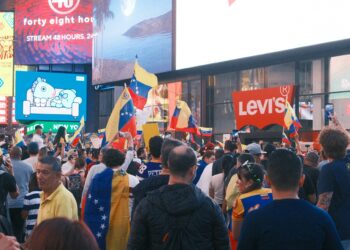Yuta Kato, a 38-year-old Tokyo hairdresser, represents Japan’s new wave of nationalist voters—those radicalized by YouTube algorithms and anti-immigrant rhetoric. His frustration with foreign tourists blocking Ginza streets or blasting phone videos on trains mirrors the grievances fueling Sanseito, the far-right party that surged in Japan’s upper house election.
With a “Japanese First” platform amplified online, Sanseito has become the country’s fastest-growing political force, particularly among men aged 18-39, according to NHK polls.
Born during the pandemic, Sanseito first gained traction by spreading anti-vaccine theories before pivoting to anti-immigration policies and economic populism. Its YouTube channel, which boasts triple the followers of the ruling Liberal Democratic Party (LDP), peddles warnings of a “silent Chinese invasion”—claiming Beijing is buying up Japanese land and resources.
Though foreigners comprise just 3% of Japan’s population, record tourism numbers have made them hyper-visible targets. Party leader Sohei Kamiya denies accusations of xenophobia, but his platform demands halting “foreign forces’ encroachment.”

Why Young Japanese Are Turning Right
While the LDP relies on voters over 70, Sanseito dominates among digital-native youth—a trend echoing Europe’s far-right movements like Germany’s AfD and Britain’s Reform UK. Analysts attribute this to algorithm-driven outrage: “They’re the party of YouTube,” says Jeffrey Hall, a Kanda University expert on Japanese right-wing politics.
The party’s ultra-nationalist proposal once seemed fringe but now, they’re drawing cheering crowds at rallies, like one outside Tokyo’s Shimbashi Station where supporters waved “Samurai Spirit” headbands.
Not all Japanese are embracing Sanseito’s vision. At the Shimbashi rally, dozens of protesters shouted down speakers, accusing the party of scapegoating foreigners for economic struggles.
“People are falling for lies,” said haiku poet Miroko Kato, 42. The clash shows in real life, the deepening divide between those fearing cultural eradication and others warning of resurgent militarism.
















